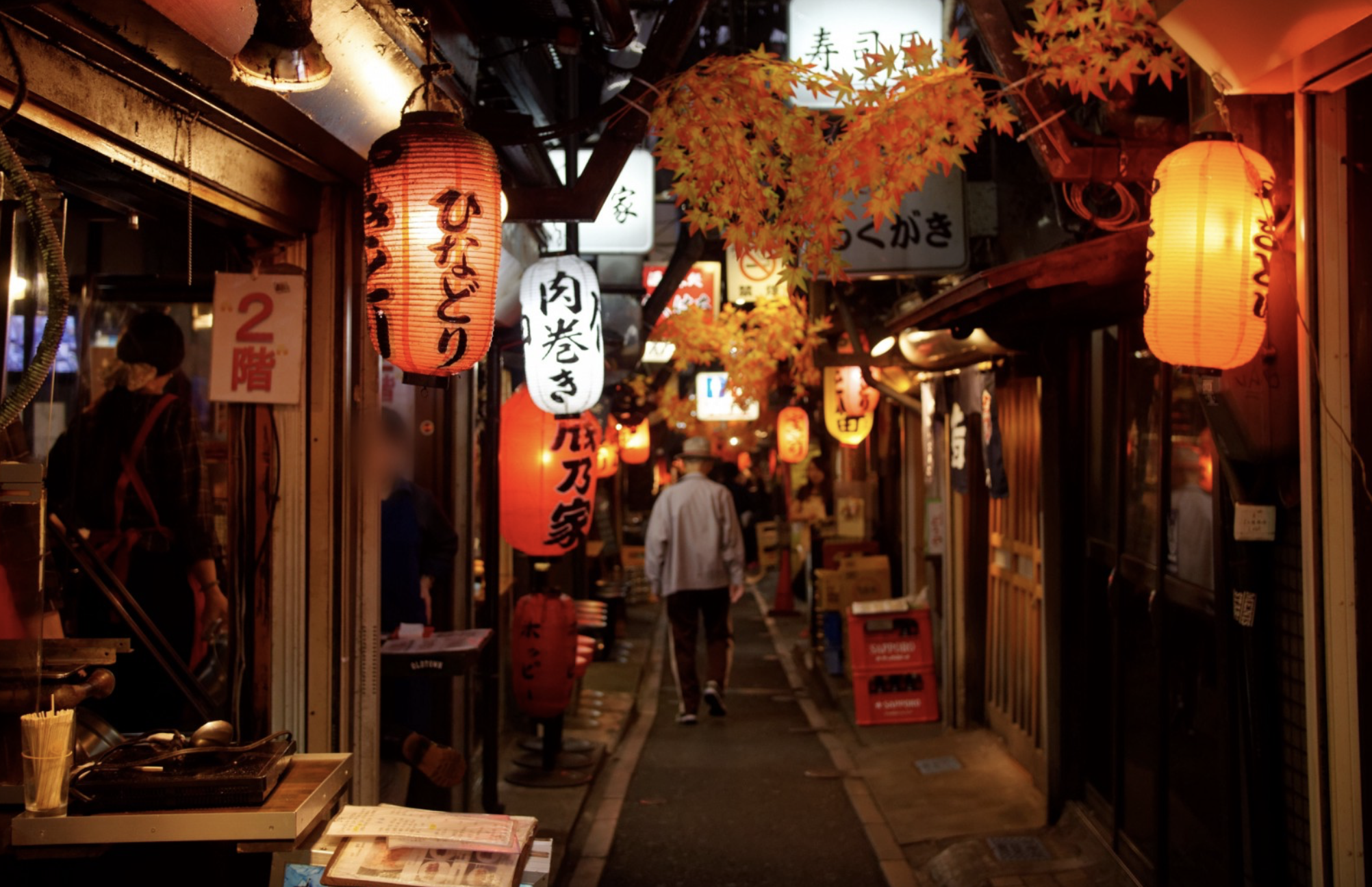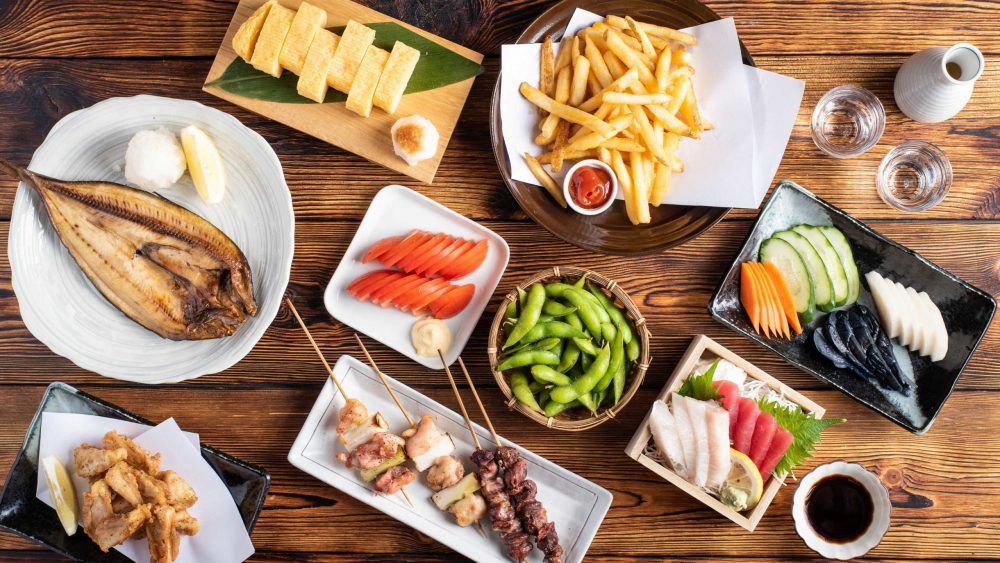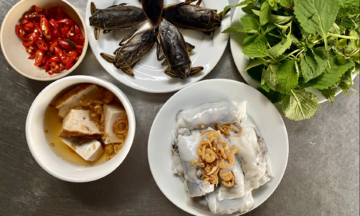Izakayas are Japanese pubs where people gather to drink sake and beer, accompanied by snacks or traditional Japanese dishes. The name "izakaya" comes from "i" (to sit), "zake" (sake), and "ya" (shop), meaning "shop to sit and drink sake".
Similar to Irish pubs or Spanish and Portuguese tapas bars, izakayas offer a casual, intimate atmosphere where patrons enjoy dishes like yakitori (grilled skewers), sashimi, tempura, or edamame (soybeans) alongside their drinks. Izakayas are incredibly popular in Japan and are a must-try for tourists.
 |
An alley with many izakayas in Tokyo. Photo: JW |
An alley with many izakayas in Tokyo. Photo: JW
Izakayas offer a diverse menu. Some specialize in fish or meat, while others feature regional specialties. Common izakaya staples include sashimi platters, karaage (fried chicken), yakisoba noodles, and edamame, all perfectly complemented by beer and sake. During colder months, many izakayas serve nabemono, a hot pot cooked at the table. Besides classic Japanese cuisine, you can often find Western options like french fries and chicken wings.
Izakaya dining is communal. You order several dishes to share, and when they arrive, each diner receives a small plate called a "torizara". This plate is used to take portions from the shared dishes. For instance, if you order noodles and karaage, you would place them on your torizara before eating.
 |
Inside an izakaya in Tokyo. Photo: JW |
Inside an izakaya in Tokyo. Photo: JW
A complete izakaya experience includes cold beer. You can also try one of the many chu-hi (shochu highball) varieties. Chu-hi blends shochu (a distilled spirit made from potatoes, wheat, or rice) with soda water and a fruit-based sweetener like lemon, lime, or grape. Sake is served either hot or cold. Another popular drink is umeshu (sweet plum wine), enjoyed on the rocks or with soda. Melon soda is a favorite among Japanese children, while oolong tea provides a palate cleanser after the meal.
Don't hesitate to share food and drinks with neighboring tables – it's part of the izakaya culture. It's advisable to bring cash as some izakayas don't accept cards. Use napkins only for your hands, not your face, as the latter is considered impolite. Tipping is not customary in izakayas; finishing your food is seen as a compliment to the establishment.
 |
A Japanese-style meal with sake. Photo: Guide to Japanese Izakaya |
A Japanese-style meal with sake. Photo: Guide to Japanese Izakaya
Izakayas are designed for socializing. Tables and seats are often close together, creating a lively, bustling atmosphere. The decor might include paper lanterns, handwritten menus on wooden boards, or traditional Japanese elements, fostering a sense of intimacy. Some izakayas also offer tatami seating or outdoor dining areas.
For first-timers, Watami, a nationwide chain with picture menus, is a good starting point. Uoya Icho, a Hokkaido-based chain, specializes in seafood and other regional dishes. In Kyoto, Waraiya is known for its charcoal-grilled chicken. In Osaka, try Isshin in the Tenma district. In Tokyo, izakayas can be found near almost every major train station.
Tam Anh (JNTO, Japan Guide)












